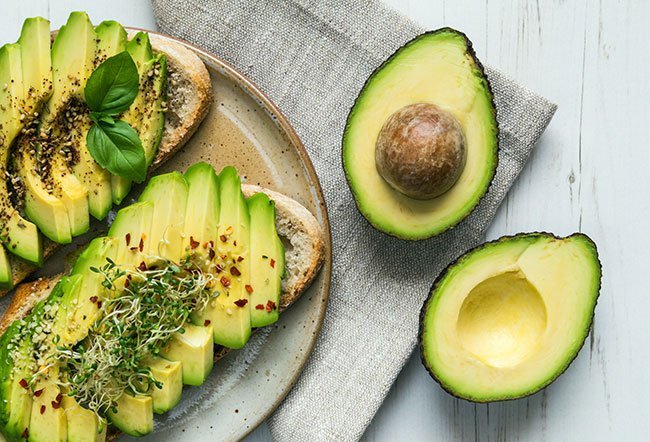What Are Healthy Fats?

Unsaturated fats (polyunsaturated and monounsaturated) are considered healthy fats. These types of fats, which are typically liquid at room temperature, are called “healthy fats” or “good fats” because they are beneficial for your overall health, including your heart and your cholesterol level.
Additionally, intake of these fats can help:
- Increase your high-density lipoprotein or HDL (good cholesterol) and lower your low-density lipoprotein or LDL (bad cholesterol)
- Prevent the formation of plaques in your arteries (atherosclerosis)
- Lower your blood pressure
- Lower your risk for heart disease and stroke
- Turn off abdominal fat genes (in the case of omega 3 fatty acids)
What foods are good sources of healthy fats?
At one time, all types of fats were considered bad. However, over the years, various nutritional studies have found that some foods actually contain healthy fats, called unsaturated fats, which should be part of your regular diet.
Unsaturated fats are of two types: polyunsaturated and monounsaturated fats.
Good sources of monounsaturated fat
- Oils
- Olive oil
- Canola oil
- Peanut oil
- Sesame oil
- Avocados
- Olives
- Nuts
- Almonds
- Peanuts
- Cashews
- Hazelnuts
- Pecans
- Peanut butter (not the ones that come in ready to eat jars because they contain unhealthy palm oil)
Good sources of polyunsaturated fat
- Seeds
- Sunflower seeds
- Sesame seeds
- Pumpkin seeds
- Flaxseed
- Fatty fish
- Salmon
- Tuna
- Mackerel
- Herring
- Trout
- Sardines
- Oil
- Fish oil
- Soybean oil
- Safflower oil
- Walnuts
- Soymilk
- Tofu
Why are saturated fat and trans fat unhealthy for you?
Saturated fat and trans fat are considered unhealthy fats because they raise low-density lipoprotein (LDL) cholesterol levels and lower high-density lipoprotein (HDL) levels. They are also high in calories and increase your risk of developing obesity and diseases that include heart disease, stroke, diabetes and even cancer.
While natural trans fats are found in dairy products and meat, artificial trans fats are worse and should be eliminated from your diet to protect your health. Always read the labels when buying packaged foods since they can contain trans fats that are labeled as “partially hydrogenated oil.”
You can find trans fats in various foods that include:
- Commercially-baked foods, such as
- Pastries
- Cookies
- Muffins
- Doughnuts
- Fried foods, such as
- French fries
- Chicken nuggets
- Packaged snacks, such as
- Crackers
- Chips
Saturated fats are typically solid at temperature. Since they are not as bad as trans fats you can eat them in moderation. Examples of food sources of these fats include:
How to make smart dietary choices
Fat is essential to various processes, such as the transport of vitamins, the building of cell membranes, blood clotting and muscle movement. Hence, you should not remove fatty foods completely from the diet. Make smart dietary choices, such as reducing the number of calories you eat from fats and replacing foods high in saturated fats with ones that are high in unsaturated fats.
Additionally, here are a few tips to reduce the amount of unhealthy fat (saturated fat and trans fat) from your diet:
- Use oil and not butter for frying or cooking
- Eat fatty fish that are rich in omega 3 fatty acids instead of meat two times a week
- Prefer poultry without skin and fat
- Eat fruits and vegetables instead of having packaged foods
